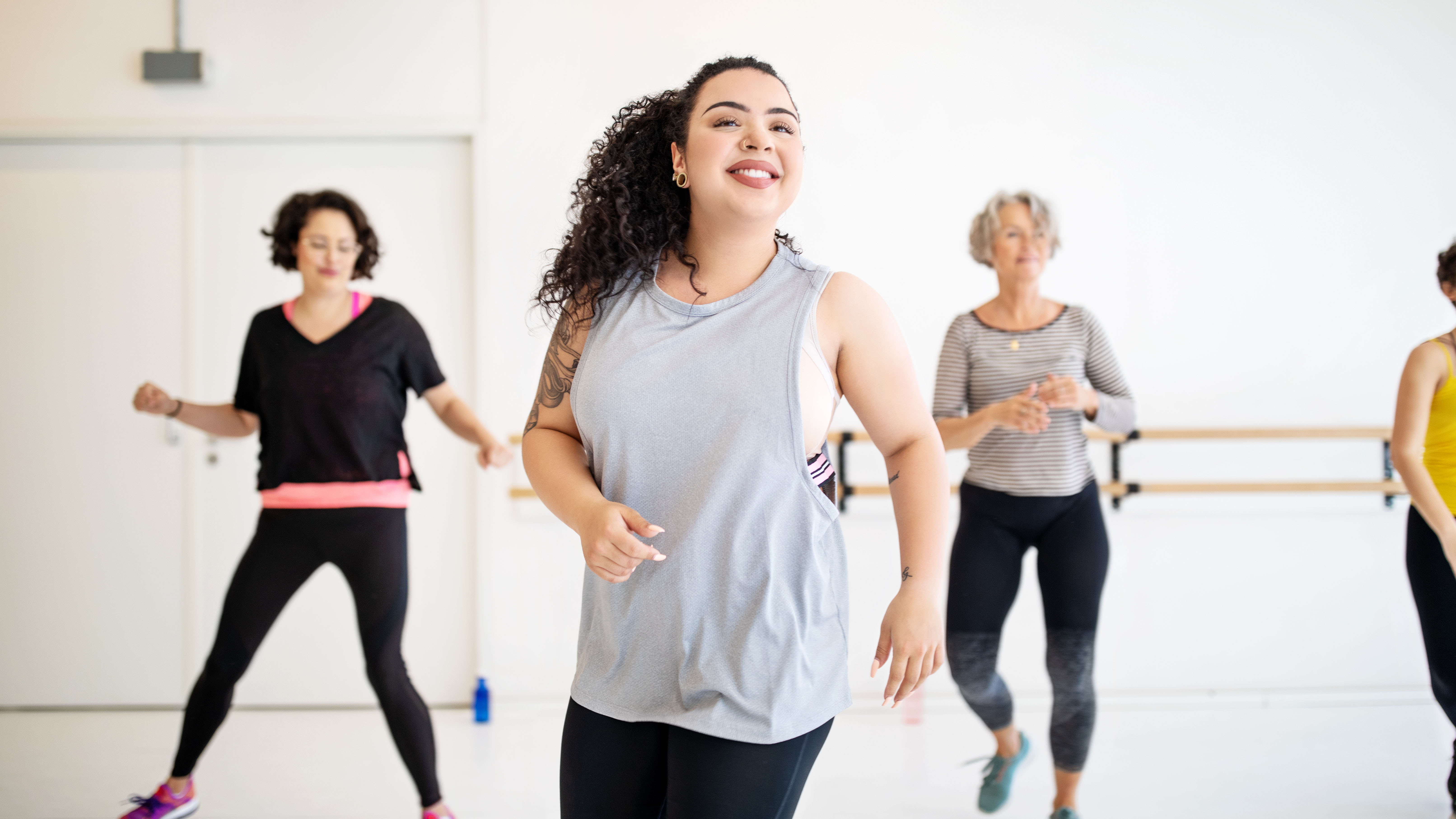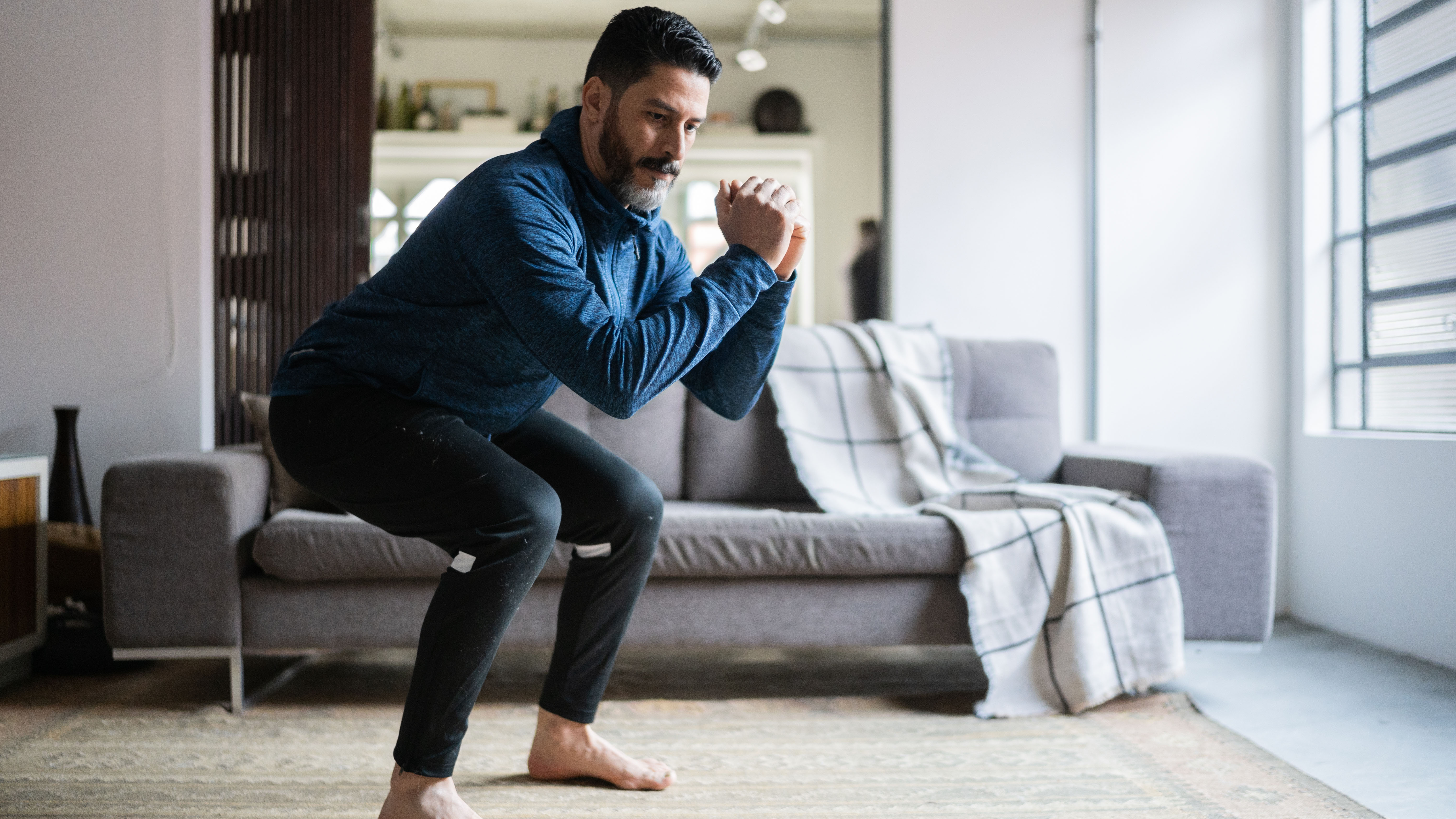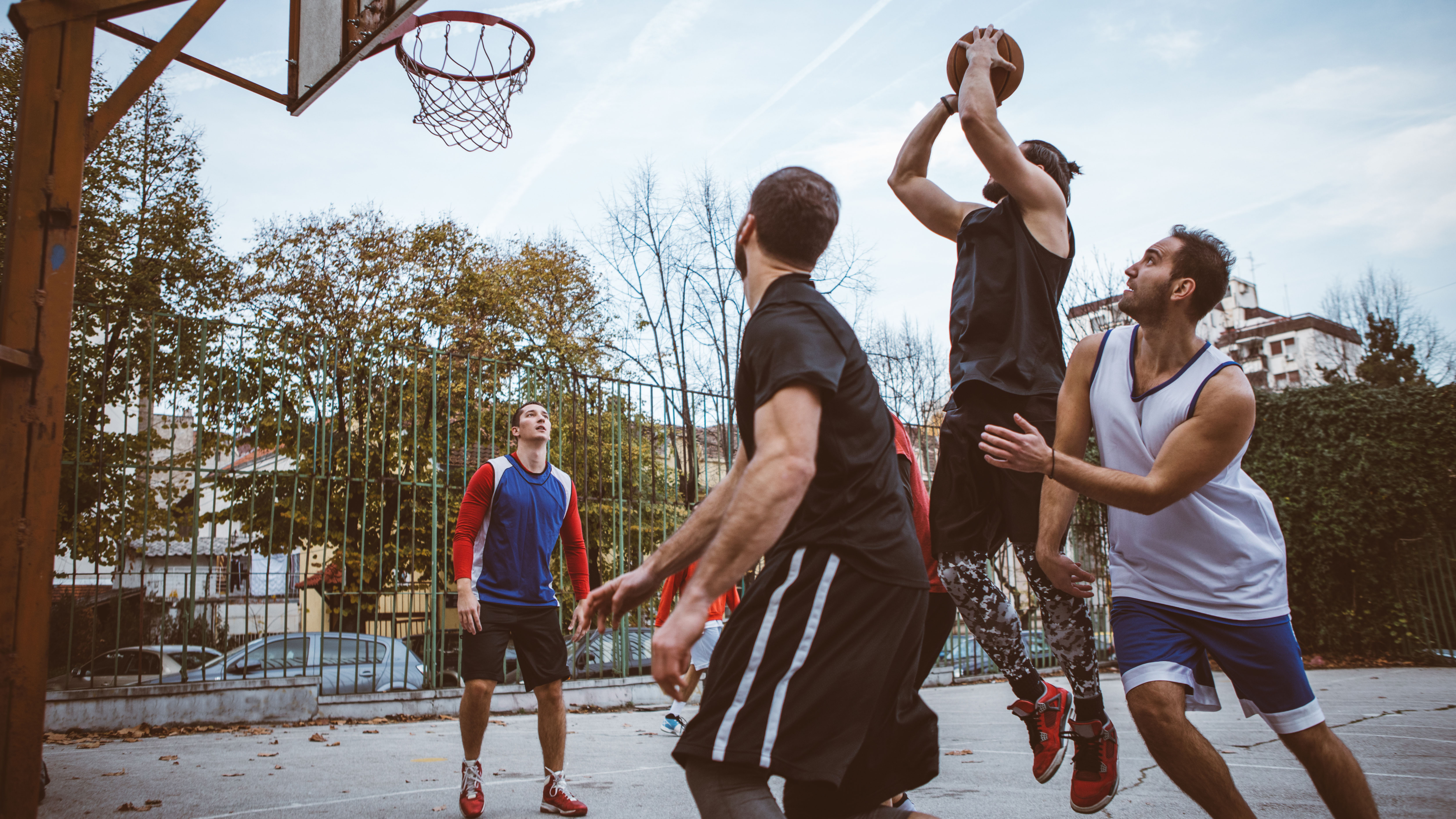Aerobic vs anaerobic exercise
What’s the difference between aerobic vs anaerobic exercise? We speak to a physiologist to find out.

Having a basic understanding of aerobic vs anaerobic exercise is a great starting point if you want to get fit, lose weight or improve your sporting performance. Both forms of activity can be incorporated into a workout, whether it's using the best exercise bikes, hitting the gym or playing a team sport.
Typically, aerobic exercise is classed as a cardio activity that lasts longer than two minutes and includes sports like running and cycling. Anaerobic exercise is usually classed as short, intense bursts of movement (think sprinting and jumping.)
However, some researchers have argued that these classifications are unhelpful and reductive. We spoke to Alan Ruddock, lecturer of the physiology of sport and exercise at Sheffield Hallam University, to find out more.
What is aerobic and anaerobic exercise?
Put simply, aerobic means ‘with oxygen’ and it refers to the body producing energy with the use of air. Anaerobic means ‘without oxygen’ and it refers to the body producing energy without the use of air.
When you’re doing aerobic exercise, you’re relying on oxygen as your main energy source. During more intense periods of anaerobic exercise, your body needs to get energy quickly so it relies on stored glucose instead.
However, we actually use both energy systems for most forms of exercise – so you can’t really class certain activities as purely aerobic or anaerobic.
"The way we assess aerobic exercise is through a facemask on an athlete running on a treadmill or a bicycle,” says Ruddock. “We assess their oxygen uptake and we can use that information to determine aerobic contribution to a particular task.”
Ruddock explains that during these tests, the team never finds exclusive dominance of aerobic or anaerobic energy contributions – there’s only ever a predominance.

Ruddock is an accredited sport and exercise scientist and a fellow of the British Association of Sport and Exercise Sciences. Currently the laboratory director for the Sport and Physical Activity Research Centre in Sheffield (UK), he has provided physiological support for Olympians, Paralympians, World, Commonwealth, European and British champions in a range of sports and has co-authored over 25 scientific manuscripts.

To back this up, a study published in the Journal of Science and Medicine in Sport found that a 100 metre sprint was powered by 21% aerobic energy for men and 25% for women. So although a sprint is predominantly an anaerobic activity, a good portion of the energy during the exercise can still come from the aerobic system.
As such, Ruddock says it is important not to use the terms aerobic and anaerobic exclusively and to understand that all exercises use both energy systems.
Some sports scientists have even called for the terms aerobic and anaerobic to be replaced due to their misuse.
In an article in Sports Medicine sports scientists Karim Chamari and Johnny Padulo suggest researchers and practitioners should use the terms explosive efforts, high intensity efforts and endurance intensive efforts instead.
What is predominantly aerobic or anaerobic exercise?
Whether an exercise is predominantly aerobic or anaerobic depends on its intensity and duration. As a general rule of thumb, the longer the duration of an exercise, the stronger the aerobic predominance. This is partly down to the fact that the intensity of an exercise will drop off as you perform it for longer.
There are other ways to separate out the two types of exercise. Predominantly aerobic exercise is something with an intensity of 75% maximum heart rate and it is something a person can continue for a long time. Examples include long distance running or playing team sport. Explosive activities like weight training or sprinting are predominantly anaerobic. Meanwhile high intensity interval training is in the middle ground.

If you are focusing on anaerobic predominant activities (explosive, intense movements) make sure to incorporate long enough recovery periods between sessions.
"If you repeat a mostly anaerobic exercise – like a six to 10 second sprint – by the tenth repetition there is a reduction in the amount of anaerobic energy and the aerobic system kicks in. If there is only a short recovery time it becomes fairly aerobic by the end," says Ruddock.
This is supported by research in the Journal of Physiology which showed power output was mostly derived from the aerobic energy system on the tenth repetition of a six second sprint when athletes only had a 30 second recovery time.
What are the benefits of aerobic and anaerobic exercise?
For general fitness, aerobic and anaerobic are both important for different reasons.
Aerobic exercise is important for cardiovascular health, because it keeps the heart and blood vessels healthy and reduces the risk of heart-related illnesses. If you want to reduce weight or get fitter then your body will require more aerobic-heavy exercise, but this needs to be supported with predominantly anaerobic strength training in order to prevent injury.
By comparison, anaerobic exercise is important for strength, coordination and maintaining muscle mass. The American Heart Association recommends strength training at least twice a week to help protect the body from injury and to maintain mobility in older age.
Anaerobic activity will also help with metabolic health which means the body is able to respond to food in a beneficial way reducing the risk of obesity, type 2 diabetes, heart disease and stroke.
This article is not meant to offer medical advice and readers should consult their doctor or healthcare professional before adopting any diet or exercise regime.
Sign up for the Live Science daily newsletter now
Get the world’s most fascinating discoveries delivered straight to your inbox.
Lily Canter is a freelance money, health and lifestyle journalist with more than 20 years' experience. She writes about fitness for Fit+Well, Tom's Guide, T3, South China Morning Post, Runner's World and Trail Running magazine. She focuses on personal finance for Yahoo! Finance UK, Metro, The Guardian, and loveMONEY. In her spare time she is an ultra-runner, canicrosser and UK Athletics running coach. She also co-hosts the award-winning podcast Freelancing for Journalists.











